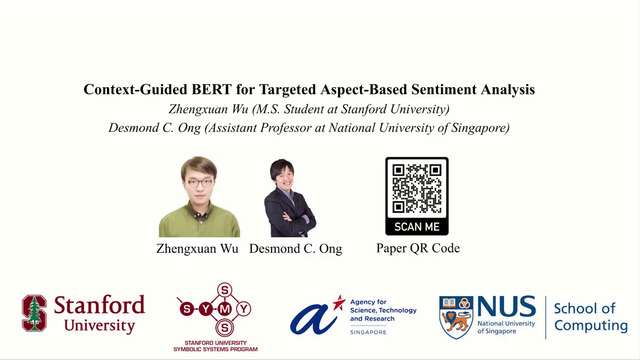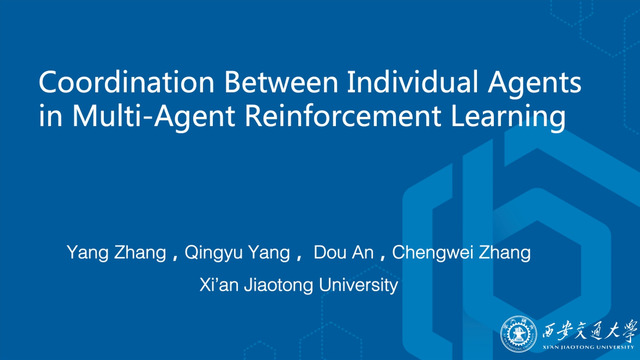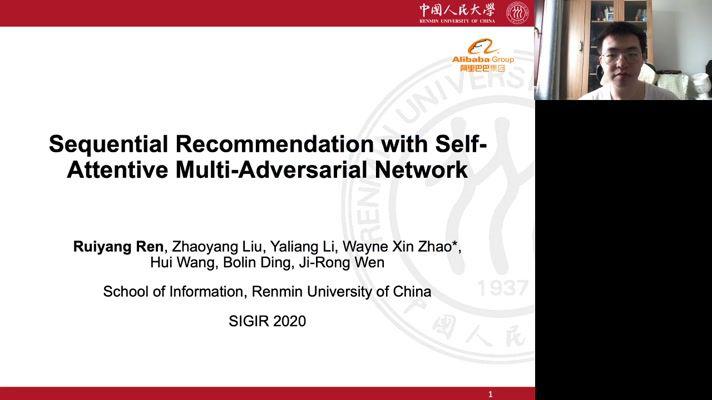Abstract:
This paper extends the standard pointwise and pairwise paradigms for learning-to-rank in the context of personalized recommendation, by considering these two approaches as two extremes of a continuum of possible strategies. It basically consists of a surrogate loss that models how to select and combine these two approaches adaptively, depending on the context (query or user, pair of items, etc.). In other words, given a training instance, which is typically a triplet (a query/user and two items with different preferences or relevance grades), the strategy adaptively determines whether it is better to focus on the “most preferred” item (pointwise - positive instance), on the “less preferred” one (pointwise - negative instance) or on the pair (pairwise), or on anything else in between these 3 extreme alternatives. We formulate this adaptive strategy as minimizing a particular loss function that generalizes simultaneously the traditional pointwise and pairwise loss functions (negative log-likelihood) through a mixture coefficient. This coefficient is formulated as a learnable function of the features associated to the triplet. Experimental results on several real-world news recommendation datasets show clear improvements over several pointwise, pairwise, and listwise approaches.









































